AARP Hearing Center

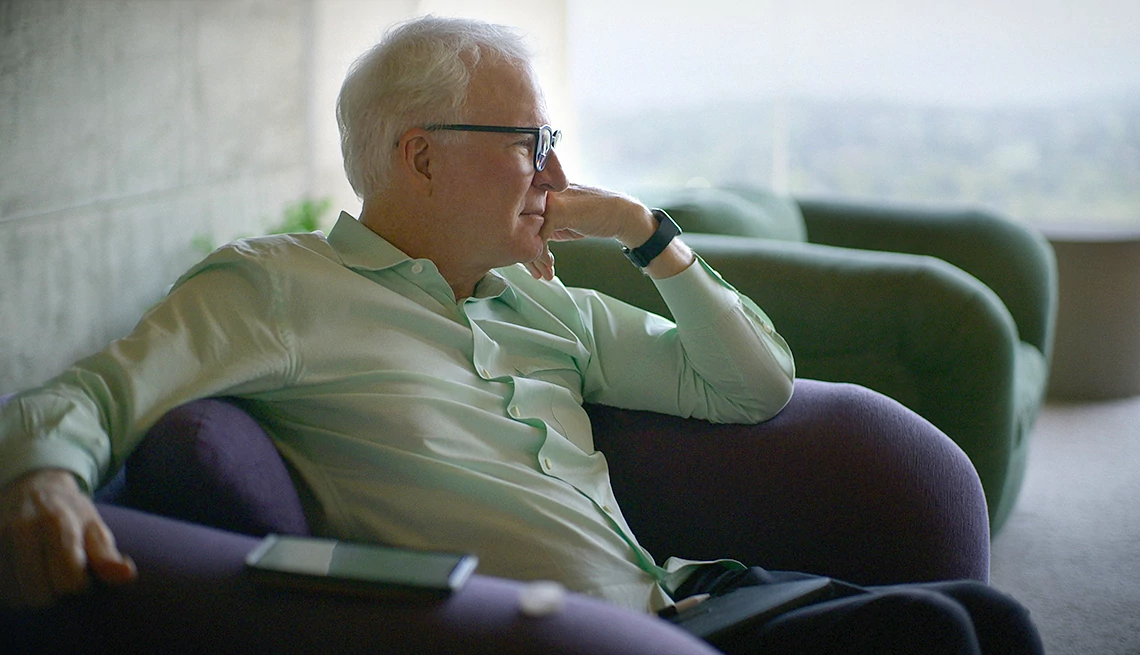
Steve Martin, 78, may be the most private man in show business. As friend Eric Idle, 81, says in the utterly fascinating new film STEVE! (martin) a documentary in 2 pieces (on Apple TV+) by Oscar-winning director Morgan Neville, 56, Martin is “very, very, very, very, very, very, very shy.” But Martin reveals plenty in the doc about his art and his long-concealed heart, even fighting back tears when talking about his late father and his beloved late costar John Candy from Planes, Trains and Automobiles.
Martin gets deep about his flops and triumphs, his tormented younger years and his startlingly happy life as what he calls a “grownup,” with close friends including Jerry Seinfeld, 69. Others such as Diane Keaton, 78, Tina Fey, 53, and Lorne Michaels, 79, cast fascinating light on his personality and work.
Here are nine things you might not know about Steve Martin, but you’ll find out in the documentary.


He honed his skills at Disneyland
From the ages of 10 to 18, Martin worked in the theme park, selling 25-cent programs so he could hang out there for free all day, and working at Merlin’s Magic Shop in Fantasyland. “That changed my life, to perform tricks all day, a dream come true,” Martin says. Besides learning to juggle, he studied (and heisted jokes and card tricks from) his first mentor, Magic Shop stand-up comic Wally Boag. Years later, Martin used the bunny ears and arrow-through-the-head toys he sold at Disneyland in his own stand-up act, which sold 9 million albums and countless concert tickets.
Because home life was grim, Disneyland was “a nice escape for him,” his sister Melinda Martin recalls in the film. “Steve kind of got the frustrating end from our dad. He would just blow his stack at him. I don’t remember hugs. I don’t remember affection.” The comedian says he did have a happy childhood — “outside the house.”

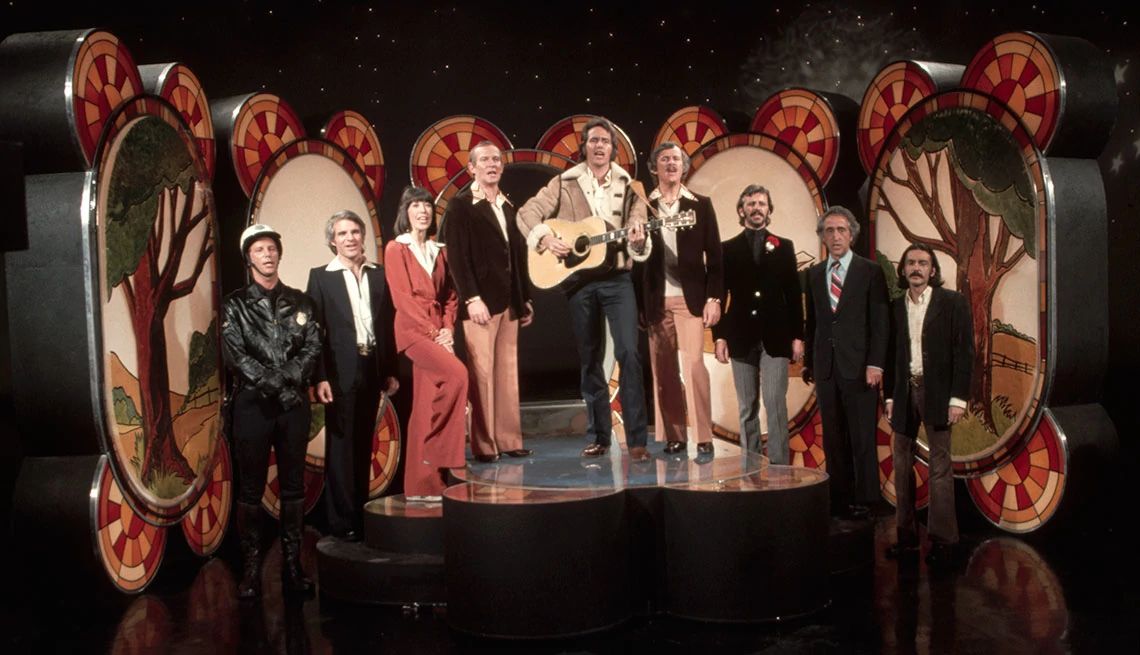
He got a great break at 22, followed by terrifying failure
While studying philosophy in college and thinking of becoming a professor (“I always felt that teaching was show business,” he says), he polished his extraordinarily peculiar stand-up comedy act by night at L.A.’s Prison of Socrates nightclub. He was broke, and few got his humor — except for Mason Williams, 85. After Martin’s ex-girlfriend Nina Goldblatt, a dancer on The Smothers Brothers Comedy Hour, urged head writer Williams to see his act, Williams hired Martin in 1967 as a writer for the hit TV show, teaching him to put the punch line of a joke at the end instead of the middle. “I was launched into the stratosphere, from nowhere to somewhere in a week,” Martin says.
He was great on the show, and you’ll giggle at clips of him cracking up Cher in his stint on her show. When he quit to perfect his stage act, his audiences dwindled, and he once performed at a drive-in theater where people honked car horns instead of applauding (sample joke: “When people say, ‘Do you mind if I smoke?’ I say, ‘No, do you mind if I fart?’ ”). He gave himself until age 30 to hit big or quit.
Bizarrely, he hit, and the doc captures the head-spinning exhilaration of his skyrocket ascent. Once an entire audience followed him out of a theater; he saw an empty swimming pool, ordered them into it, then swam over their heads.





























































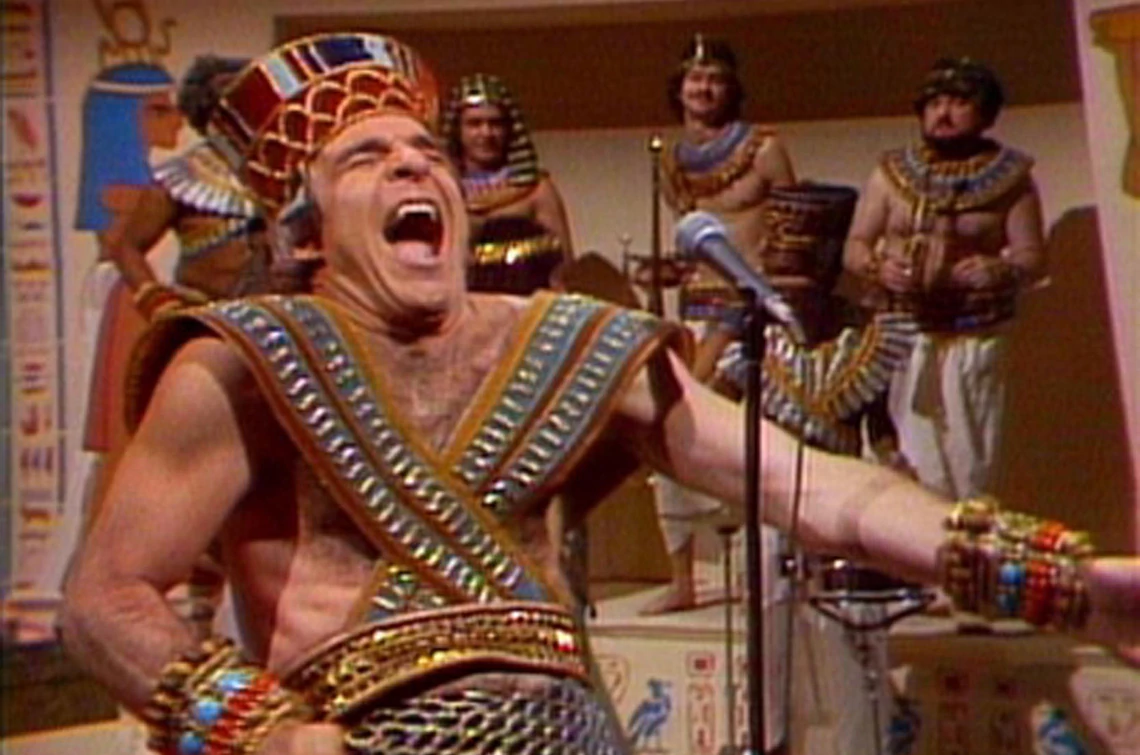
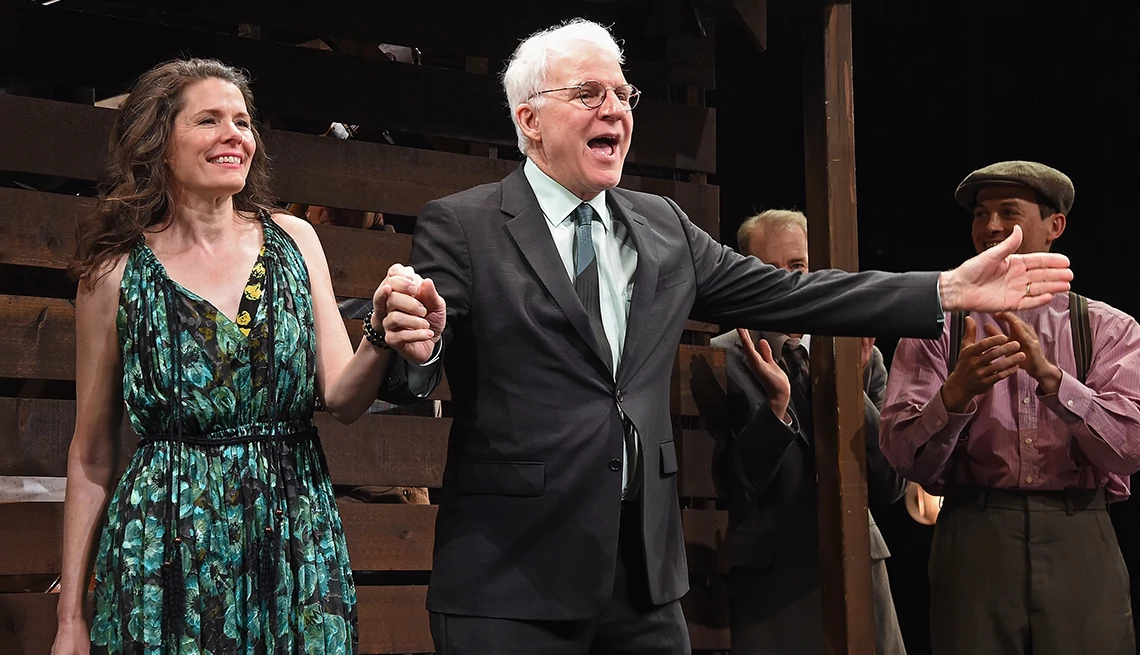
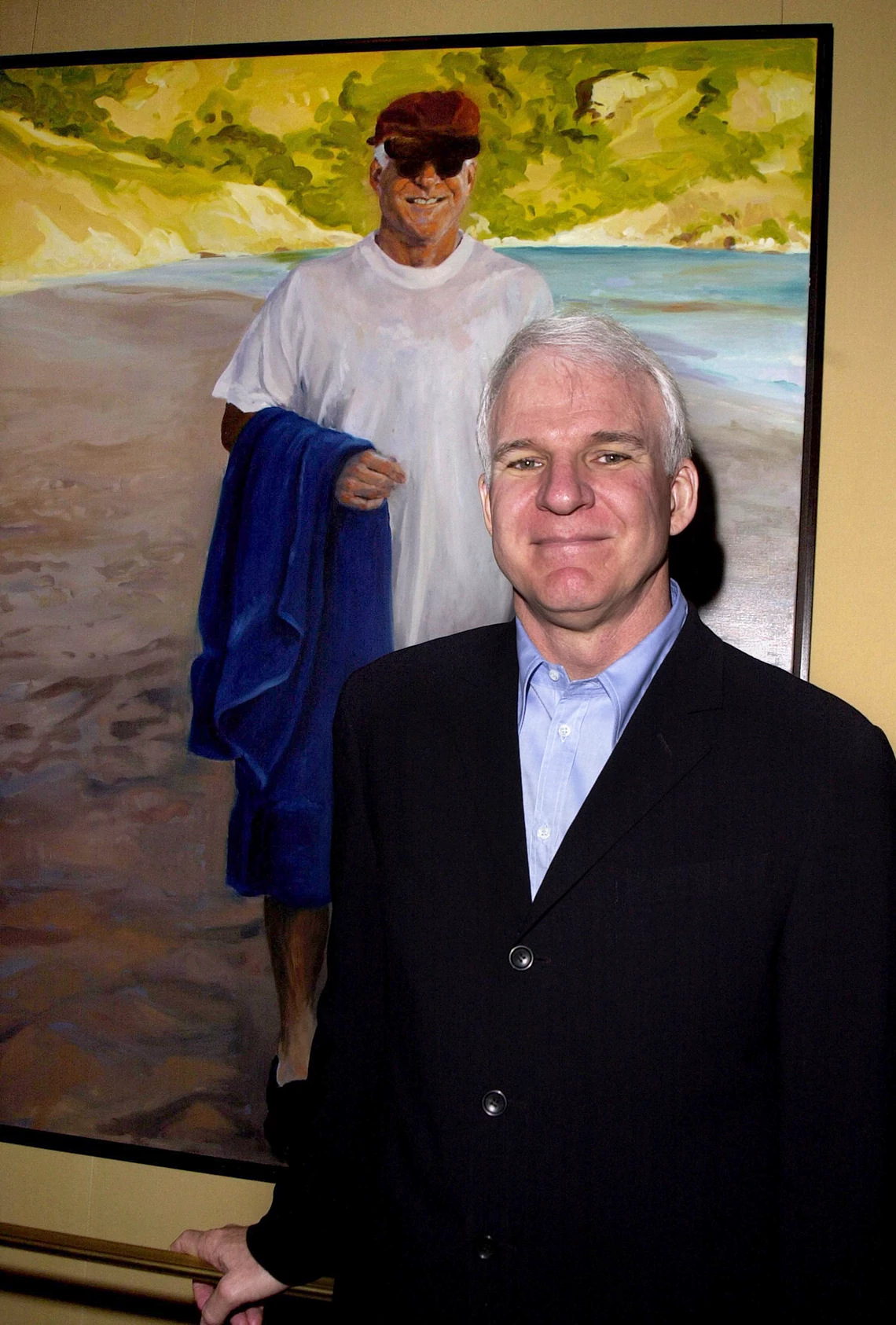


More From AARP
10 Top Moments From Kevin Hart’s Mark Twain Prize Tribute
Get the inside preview of America’s top comedy honors show
Carol Burnett: ‘We Laughed a Lot. And That’s the Way I Like It’ (Members Only)
Show-biz icon reflects on guest starring in Apple TV+’s ‘Palm Royale’ and living life to the fullest in her 90s
Brooke Shields on Life at 58: ‘There Are So Many Moving Pieces’
The model-actress stars in a rom-com, ‘Mother of the Bride,’ streaming on Netflix in May
Recommended for You